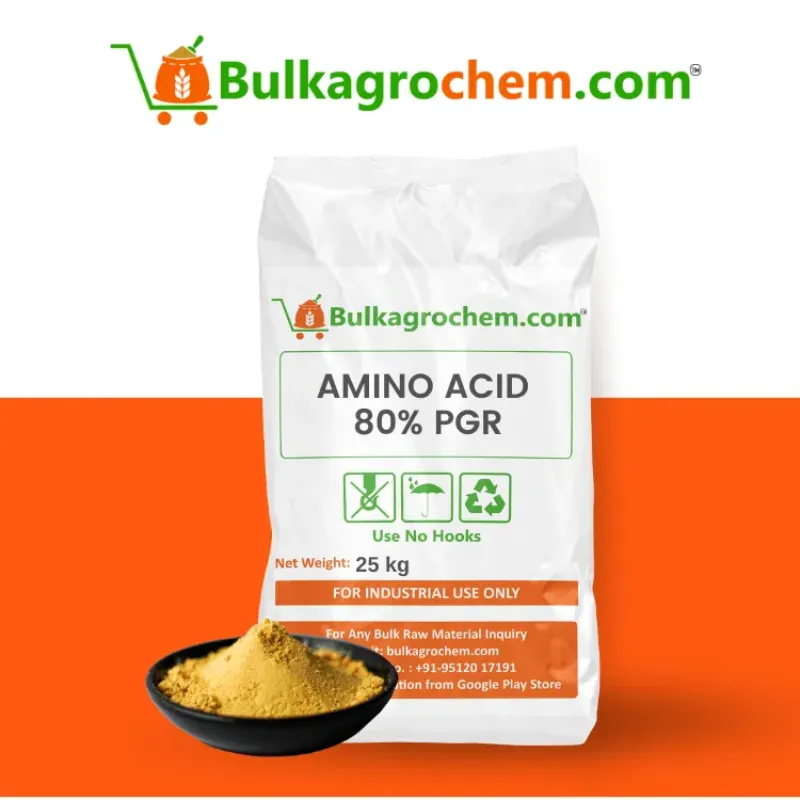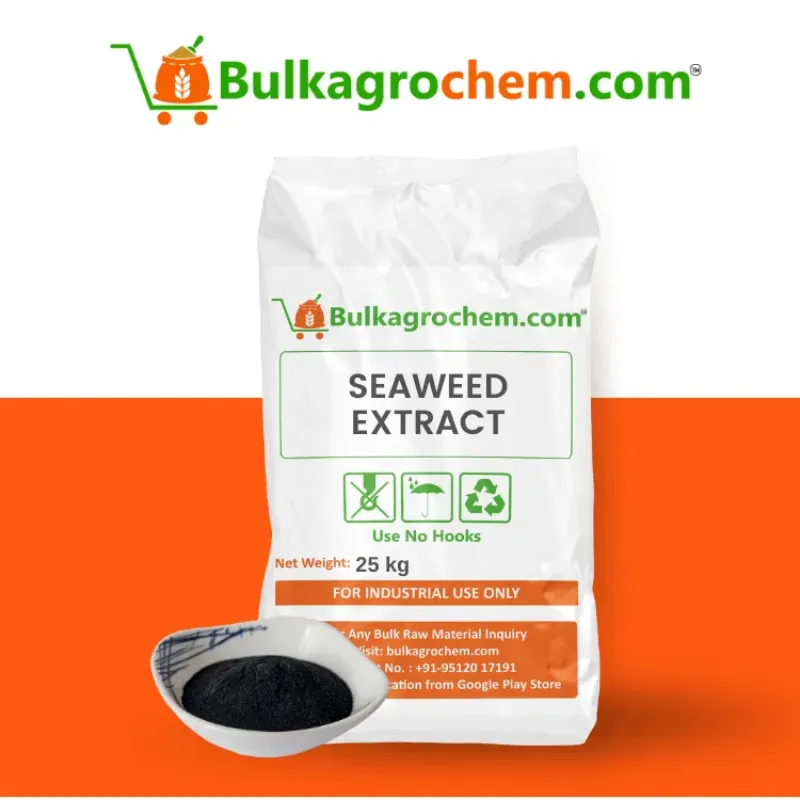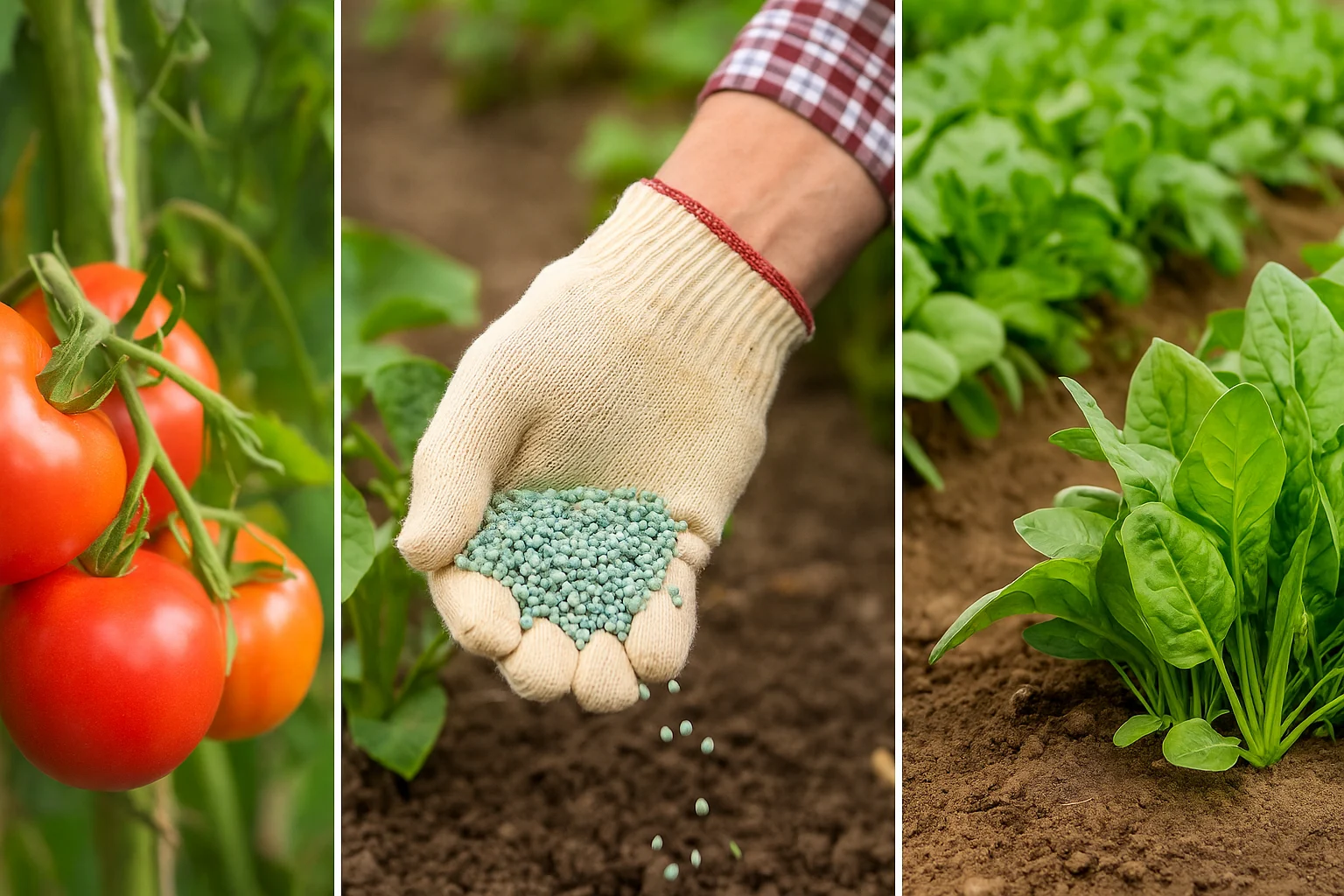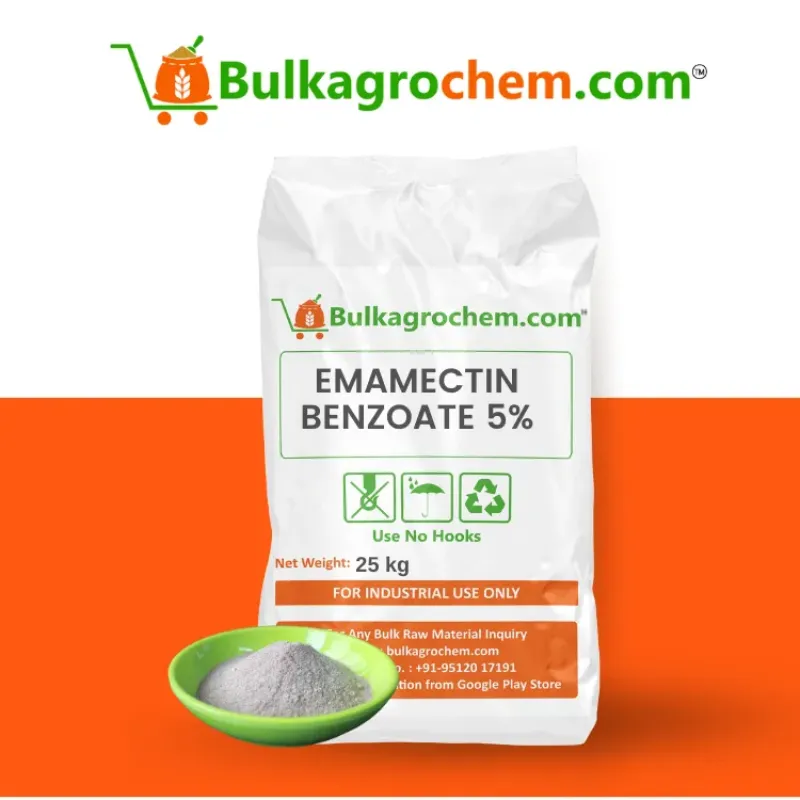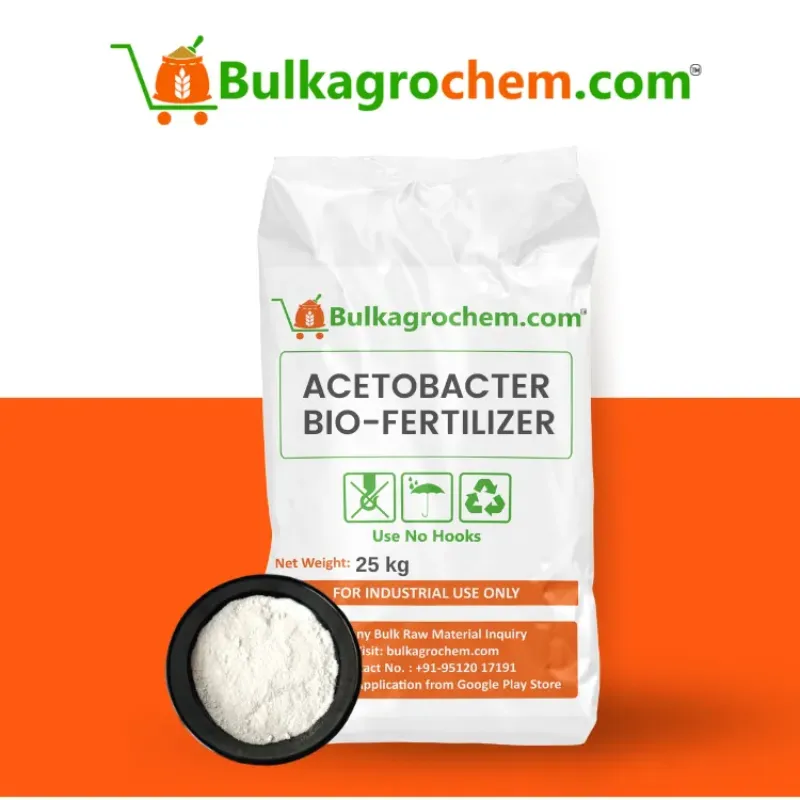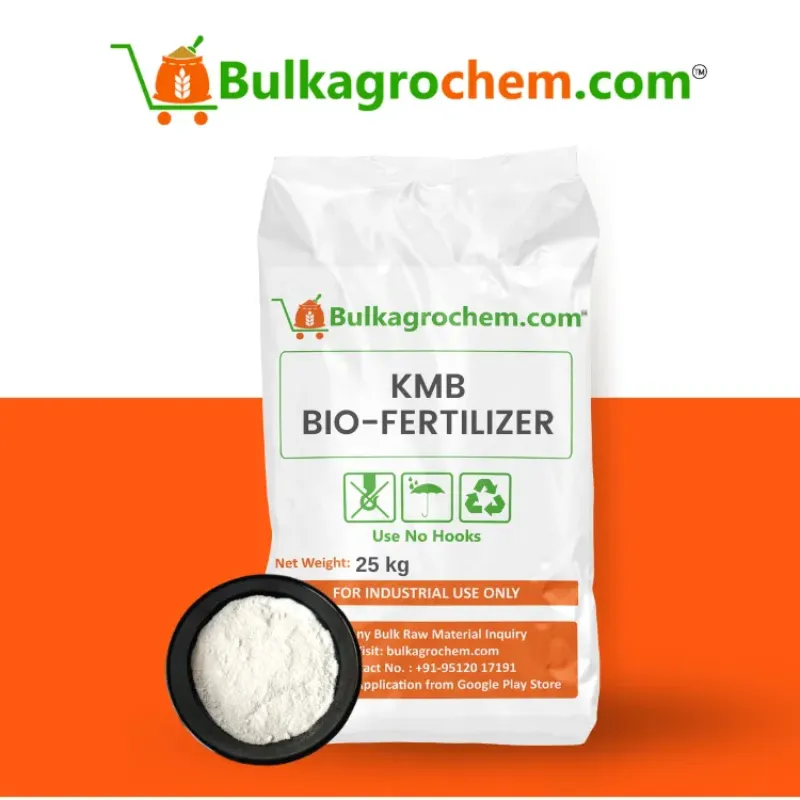If you want to seriously cultivate vegetables that are healthy, delicious, and bountiful, knowing the correct npk fertilizer ratio is perhaps the most significant thing you can do. Whether you are tending to a backyard garden or working with an acre of farmland, the right npk fertilizer ratio is everything.
In this blog, we'll simplify all you need to know about the best npk fertilizer ratio for popular vegetables such as tomatoes and spinach. You'll also learn how to vary ratios based on soil type, crop development stage, and climate so that your vegetables will flourish from seed to harvest.
What Is NPK and Why Is the Ratio Significant?
The npk fertilizer ratio refers to the three major macronutrients that are present in most fertilizers:- N (Nitrogen): Encourages leafy green growth, necessary for vegetables such as spinach.
- P (Phosphorus): Facilitates root growth and fruiting.
- K (Potassium): Facilitates overall plant health, water retention, and disease resistance.
For instance, a 10-10-10 npk fertilizer has 10% nitrogen, 10% phosphorus, and 10% potassium. With npk fertilizer ratio knowledge, you can formulate your fertilization strategy based on the specific requirements of every crop and its growth phase.
Tomato Plants: A Nutrient-Hungry Crop
Tomatoes are one of the most nutrient-hungry crops. At different stages of development, the required npk fertilizer ratio varies. Using a one-fits-all fertilizer can lead to unbalanced growth or suboptimal fruit production.Optimal NPK Fertilizer Ratio for Tomatoes:
- Seedling Stage
- Utilize a starter fertilizer with an npk fertilizer ratio of 5-10-5.
- Promotes root development.
- Vegetative Stage
- Change to a 10-5-5 or 12-6-6 ratio.
- Enables robust leaf and stem growth.
- Flowering and Fruiting Stage
- Switch to a lower nitrogen, higher phosphorus and potassium formula such as 5-10-10 or 8-16-16.
- Encourages blooms and fruiting.
Spinach: The Nitrogen Enthusiast
Spinach is a green leafy vegetable that loves nitrogen. Yet, an imbalanced npk fertilizer ratio may cause bitter leaves or disease susceptibility.Optimal NPK Fertilizer Ratio for Spinach:
- At all growth stages, spinach prefers a greater nitrogen ratio like 12-6-6 or a balanced 10-10-10.
- Use nitrogen-rich fertilizers in intervals to ensure constant growth.
- Mix with organic matter for long-term release of nutrients.
Soil Matters: Customizing the NPK Ratio
The composition of soil impacts nutrient availability and your plant's response to fertilizers directly. Your soil's texture, pH, and current nutrient content may amplify or hinder the performance of any npk fertilizer ratio you use.- Sandy Soil: Nutrients quickly leach through. Apply a somewhat higher npk fertilizer ratio more often.
- Clay Soil: Retains nutrients for longer but could 'lock' phosphorus. Try a higher phosphorus npk fertilizer ratio.
- Loamy Soil: Balanced and perfect. An average npk fertilizer ratio such as 10-10-10 is appropriate.
Climate and Region Determine NPK Requirements
The optimum npk fertilizer ratio is not absolute. Climatic conditions and local farming practices influence how nutrients perform in the ground.- Hot and Humid Regions: Vegetation grows more quickly and requires greater amounts of nitrogen.
- Dry Climates: With high levels of potassium, water retention is facilitated.
- Monsoon-affected Regions: Danger of nutrient runoff—slow-release fertilizers with maintaining balanced npk fertilizer ratios fare best.
For example, tomatoes produced in hot and arid regions might require an npk fertilizer mix higher in potassium to correct for water stress, whereas spinach produced in monsoons might be helped by slow-release nitrogen sources.
Organic vs Synthetic Fertilizers
Organic fertilizers like compost, manure, and bone meal release nutrients slowly and enhance the soil structure. Yet, their npk fertilizer ratio is generally lower.Synthetic fertilizers provide accurate npk fertilizer ratios and quick availability of nutrients but can cause salt buildup or leaching.
A hybrid strategy is best often:
- Utilize organic fertilizers for long-term soil health.
- Augment with synthetic fertilizers to address short-term nutrient needs.
Mixing vermicompost with a 10-10-10 synthetic fertilizer enables you to give an immediate kick while supporting soil vigor. Keep the total npk fertilizer ratio suitable for the vegetable being grown.
Personalized NPK Application by Growth Stages
Let's break it down further by observing both crops stage by stage and how to apply the proper npk fertilizer ratio:Tomatoes
- Prior to Planting: 5-10-5 (root development)
- Early Development: 10-5-5 (foliage growth)
- Mid-Season: 8-16-16 (bloom stimulation)
- Fruit Setting: 5-10-10 (optimize yield)
Spinach
- Pre-Sowing: 10-10-10
- Early Development: 12-6-6 (consistent nitrogen)
- Mid-Season: Sustain with 12-6-6 or foliar feed with nitrogen
Improving Efficiency of Your NPK Fertilizer Ratio
- Utilize Bio-Stimulants: They facilitate better nutrient uptake by plants.
- Add Humic Acid: Enhances nutrient and soil structure.
- Apply at Right Times: Early morning or late evening to avoid evaporation.
- Split Applications: Don't apply it all at once; space the doses.
- Mulching: Saves moisture and minimizes fertilizer leaching, making the npk fertilizer ratio available for longer.
The Role of Micronutrients
An optimal npk fertilizer ratio is the starting point, but don't neglect micronutrients such as calcium, magnesium, and sulfur.For instance:
- Tomatoes require calcium to avoid blossom-end rot.
- Spinach needs magnesium for chlorophyll synthesis.
Also account for trace minerals such as zinc, iron, and boron, particularly for soils that may be deficient. Most contemporary formulation now blends an aggressive npk fertilizer ratio together with necessary micronutrients.
Crop Rotation and Fertilizer Plan
Implementing crop rotation can avoid excessive use of a single given npk fertilizer ratio. For instance, after cultivating nitrogen-demanding spinach, rotate to legumes that fix nitrogen naturally in the soil.
This plan sustains long-term soil fertility and avoids nutrient imbalances. It also minimizes dependence on artificial inputs by naturally recycling soil nutrients.
To utilize the best of your produce, make use of Bulk Agrochem products with optimal npk fertilizer ratios:
- Tomato Power Mix 8-16-16 – Rich in phosphorus and potassium, suitable for the tomato fruiting phase.
- Spinach Booster 12-6-6 – A nitrogen-dense mix for dense spinach growth.
- GrowBalance 10-10-10 – Balanced ratio for overall vegetable requirements and soil preparation.
- RootStart 5-10-5 – Great for early growth and root establishment.
- Micro Plus Blend – Supplements your basic npk fertilizer ratio with necessary micronutrients.
FAQs:





